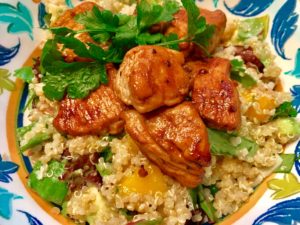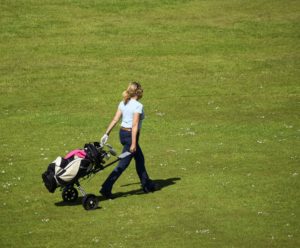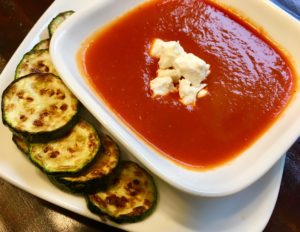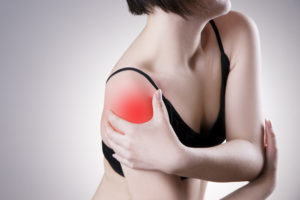It can sometimes be hard to see what you are doing wrong in your lifestyle because, well . . . it’s your lifestyle.
Your daily routine is so well known to you that it can become second nature. We don’t consider how it might be contributing to the aches and pains that are creeping up on you.
This is often true of shoulder pain, because we use and even abuse our shoulders every single day. The simple tasks you do or healthy habits you aren’t doing could be making your shoulder pain worse.
Could movements that are part of your every day routine cause unnecessary strain on your shoulders? Could this be leaving you in pain the next day?
Here are a few lifestyle tweaks that you will find a great benefit to easing shoulder pain in your day-to-day routine…
1. Stretch in the Morning
Most people jump out of bed and start the day running. . . there is always so much on the to do list. We don’t often consider that we have spent the last 8 hours in one position. This is often laying on one shoulder or with an arm tucked under our head.
Your shoulder joint may not be quite ready to work when that alarm goes off. A few stretches for the neck, shoulders, and upper back can wake up the muscles and loosen the joints. This is important before you load them up with a heavy brief case, toting a toddler, or tension from traffic.
2. Sit up and Take Note of Your Posture
When you sit in the car or at your desk, is your back hunched over, your shoulders slightly raised, and your neck reaching forward? The strain this position puts on all your upper body muscles can cause chronic aches, pains, and stiffness. So how should you be sitting?
Your spine should be straight, with your shoulders and arms relaxed on the desk. Your head should be positioned straight up as if a piece of string were attached to the crown of your head holding you up. This is especially important when looking at a tablet or cell phone that we tend to hold down instead of up at eye level.
3. Get up and Move Often
Static sitting or even staying in one place at a standing desk can increase muscle tension and stiffness in the shoulders. Take time to move around just to get your blood pumping and fluid flowing to your muscles and joints.
Ideally, take a break and walk through the office letting your arms hang down and swing freely. In addition, incorporating some shoulder, upper back, and neck stretching during your work day will significantly improve the joint discomfort you feel in the evenings and even the next morning.
What we pay attention to we can make changes to.
The best thing you can do for your shoulder pain is to think about it throughout the day.
When does it seem to start up? When you are carrying shopping bags? When you are sitting at work or while you exercise?
If you have an idea of when it occurs, then you can focus on making sure your posture is ideal during these times. During specific pain provoking tasks, take frequent breaks or make modifications. For example, if carrying bags is a problem, try pushing a cart or alternating arms.
If exercise or a specific job related task is the problem, you make need some specific advice on correct technique in performing these activities to prevent injury. If you have these specific questions, fill out an inquiry form and we may be able to sort it out for you during a short FREE, no obligation phone consultation. Just fill out this quick form HERE so we can help you get this sorted out!









